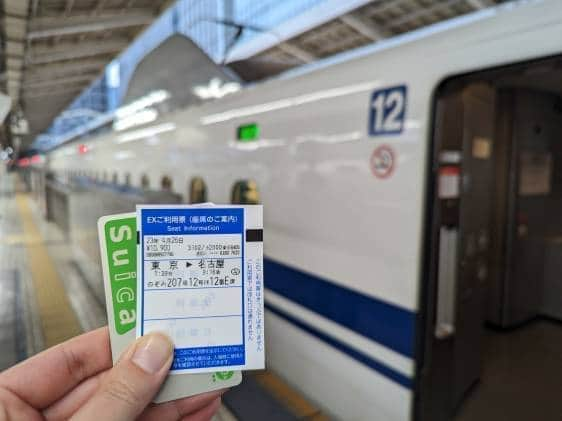
The Kawamura Memorial DIC Museum of Art is, in addition to being a bit of a mouthful, the perfect destination for a daytrip from the capital, sitting right on the cusp of Chiba Prefecture. A quick jump from Tokyo to Sakura Station, followed by a free shuttle bus ride, takes roughly one hour and 30 minutes. The art museum is situated between farmland and a small residential neighborhood, and the beautiful scenery on the way is just the beginning of a wonderful day.
Opened in 1990 and designed by artist Ichiro Ebihara, the museum and its surrounding property have been thoughtfully constructed for a full day of art and fun. Katsumi Kawamura, former president of chemical company DIC Corporation, was largely responsible for the museum’s creation. He had been collecting art since the 70s, and decided to create a public space to share the works.
Featured artists include the likes of Rembrandt, Renoir and Monet. There are many rare and valuable pieces here that cannot be seen anywhere else. With a long list of permanent artworks that never leave the museum, this place is worth seeing at least once if you’re visiting Japan.
The museum also holds special exhibitions which change every few months. Visitors are advised to check the website to see what’s coming up on the calendar.
Admission costs differ depending on the current exhibition. For college students and older who wish to only see the garden, it costs just ¥200. Regular admission to the museum not only covers the gallery part, but also includes access to a beautiful nature trail and picnic spots galore. For the full experience, you should aim to see it all.
For nature lovers

The DIC website has a thorough list (in English) of the seasonal flora that can be seen on the property, and there are many interesting breeds of insects and birds that roam around. This means plenty of opportunities to snap some outdoor photos. For city dwellers, it can all be a very bizarre experience.
Wild geese roam by the waterfront, where several fountains flow all day long. Giant beetles scuttle along the trails. A highlight of June and early July is the ponds, where the beautiful and vibrant Oga Lotus can be found in full bloom.
Bring a bento for lunch

The museum has a second-floor restaurant overlooking the water—but while the grub looks and tastes amazing, it can put a bit of a dent in the cheapo’s budget.
For a pasta lunch that includes appetizers, soup and a main pasta dish, it costs roughly ¥1,600. The food is all fresh and made from the best ingredients around. If you are trying to save, it is recommended to bring a packed lunch instead. There are plenty of outdoor spots with a wonderful view where you can enjoy a picnic. Plus, there is something about eating on a blanket that makes food taste so much better. There is also a cozy wooden relaxation bungalow fixed with tables and umbrellas for when it gets too hot (or rainy).
Exhibition space at the Kawamura Memorial DIC Museum of Art
As for the museum itself, the structure of the building enables visitors to become fully invested in each artist. Every space is followed by a short hallway or transition room. This allows each creative to leave their impact and allows you to adjust to someone new. During the walk to a new room, it can be very exciting wondering what comes next.
The layout is well planned and allows natural light to flood in only where it enhances the artwork on display. There are comfortable cushions where you can chill and look at the most stunning pieces for as long as you like. The information cards have the work’s and artist’s name in English, though most of the descriptions are in Japanese.
The architecture of the main entrance is impressive—so much so that pictures aren’t allowed!
For a daytrip without having to stray too far from Tokyo or spend too much, the Kawamura Memorial DIC Museum of Art is a great choice. #cheapowinning
With the scenery and variety of art on display, hours upon hours can be spent exploring the property. During the spring and summer months there is more nature and wildlife to be seen, but the museum has new features all year long. Be sure to bring a camera and plenty of sunscreen in the warm seasons, though, because much of the day will involve being outside.
For other creative day trip ideas, see our list of the 10 Best Free Art Galleries in Tokyo.































